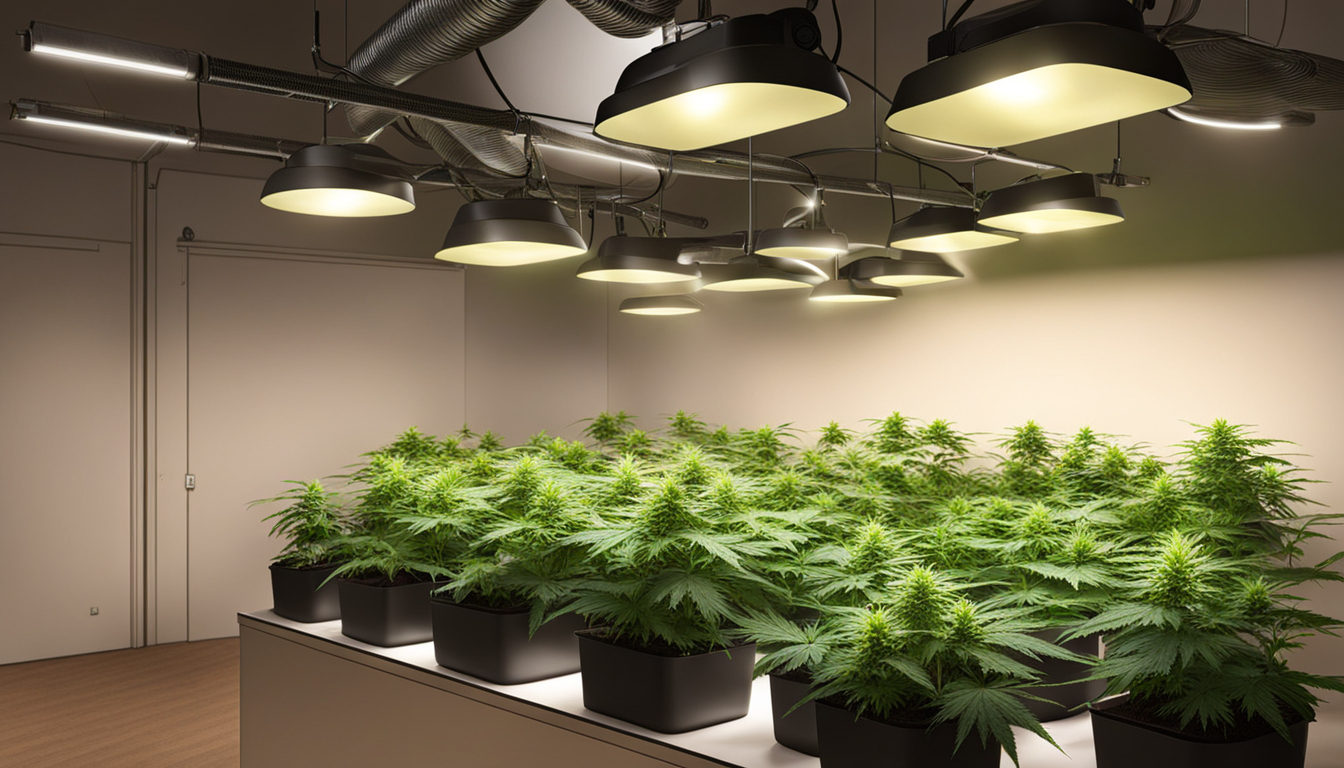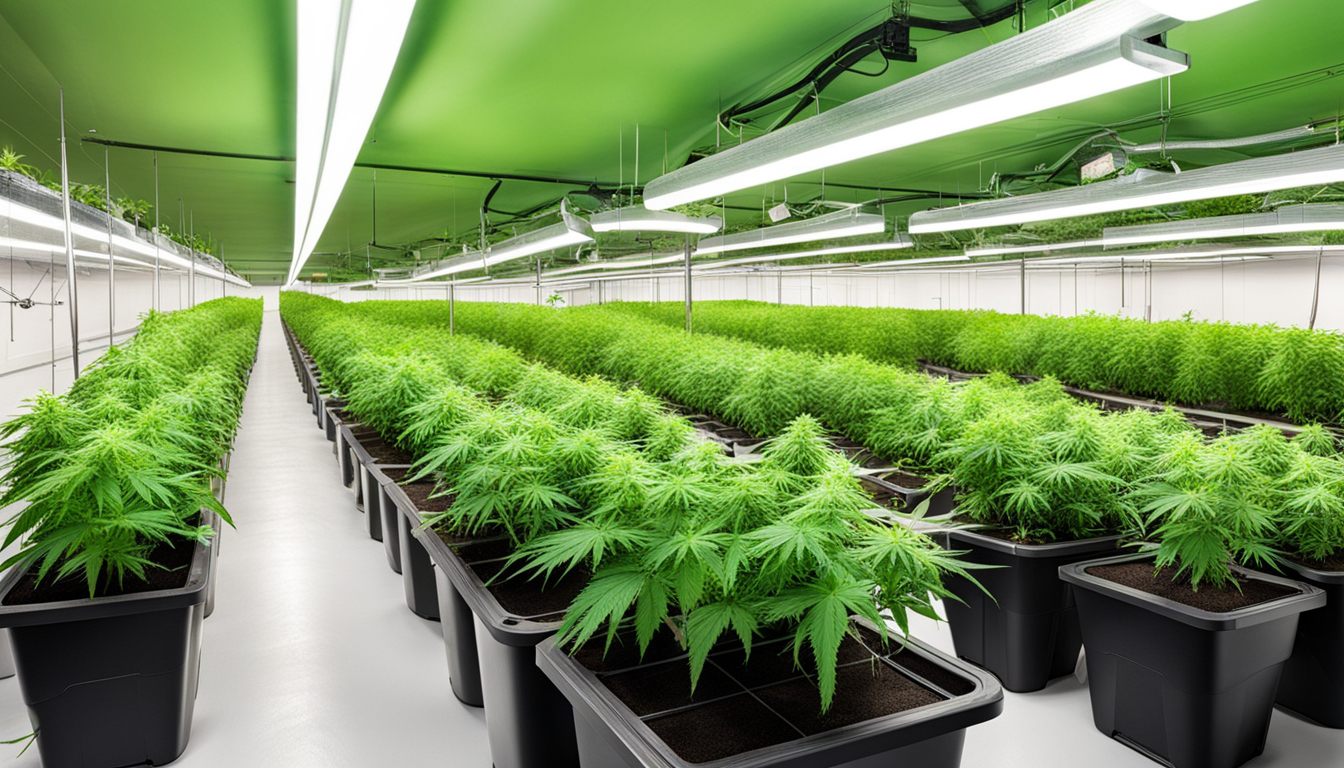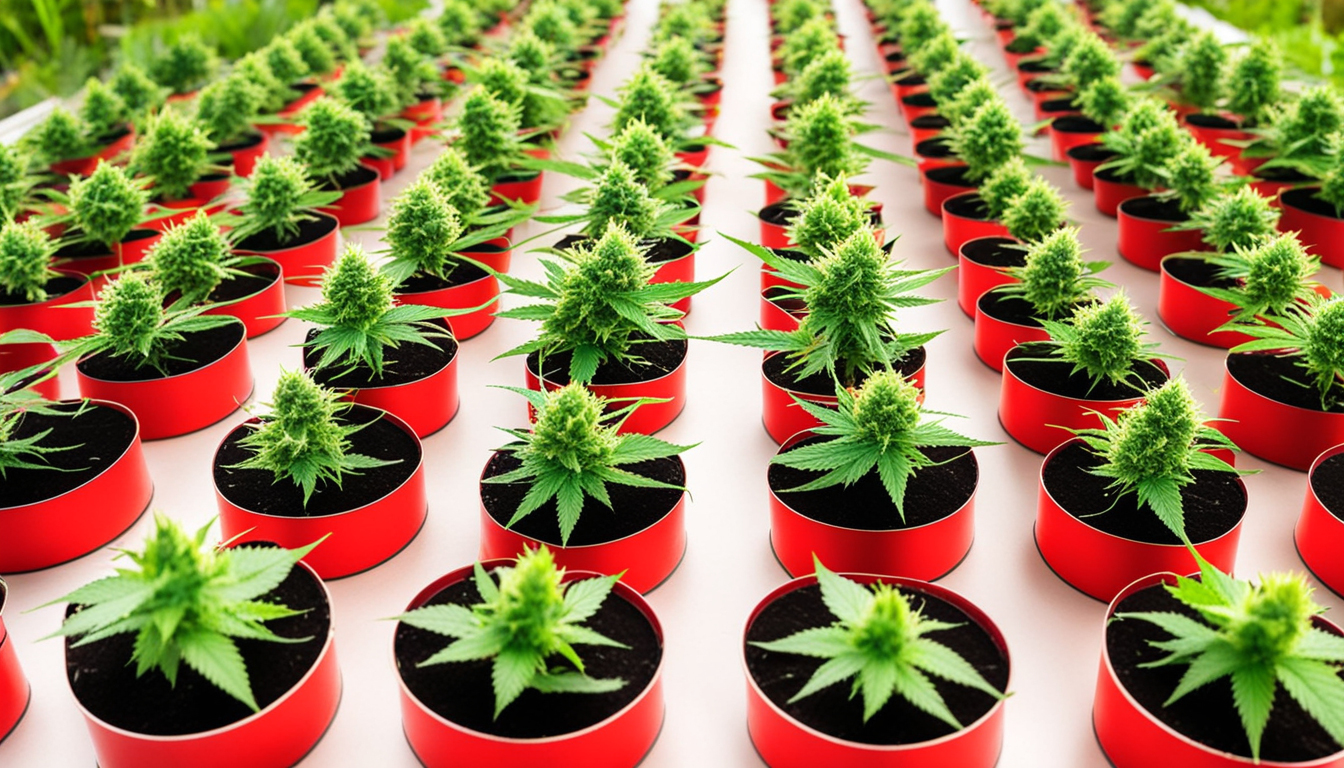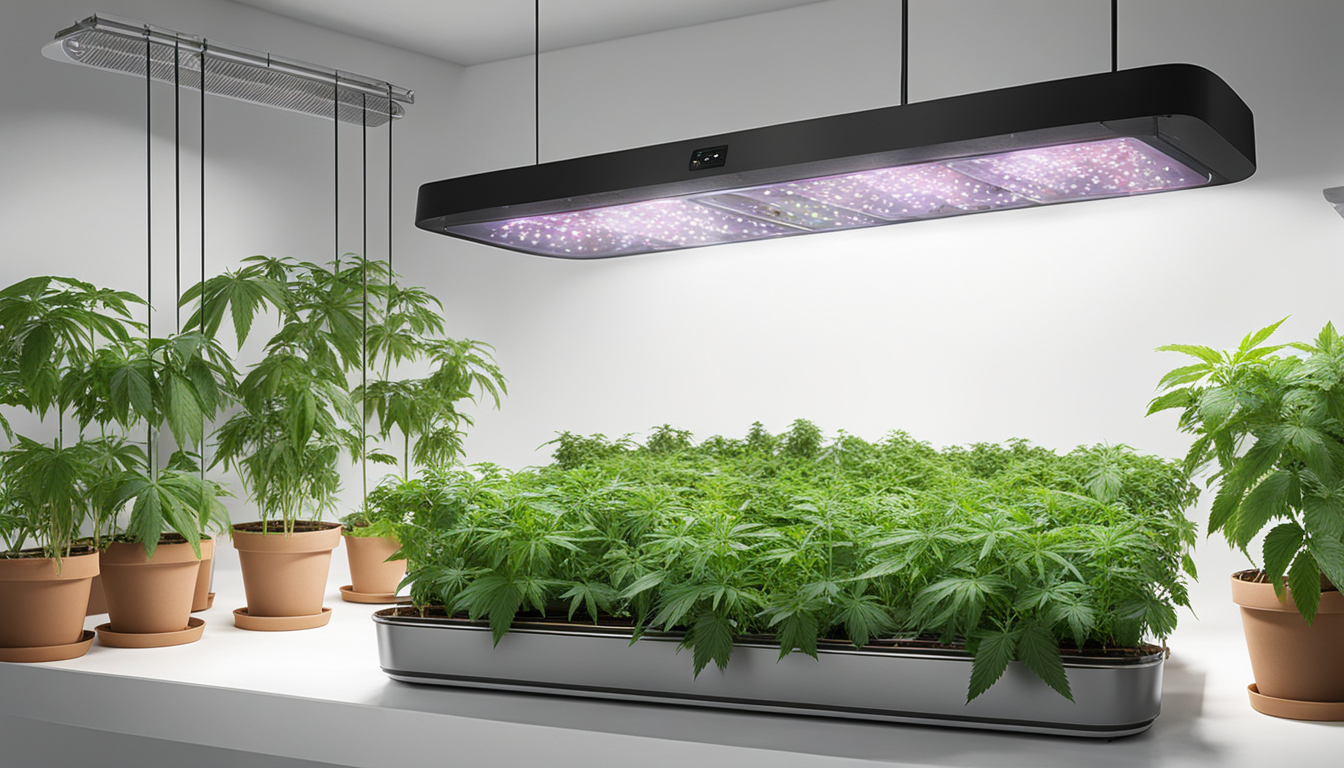
Whether you're beginning cannabis growing or looking to improve your existing harvest, following this complete guide will help you produce bountiful, high-quality yields right at home. With the right equipment, techniques, and care, cultivating pot indoors can be an extremely rewarding and cost-effective endeavor.
Choosing Cannabis Strains
The first step in planning your indoor grow is selecting the right marijuana cultivars to produce. The three main types of pot plants each have their own characteristics.
Sativas
Known for their energizing intellectual effects, these strains spread tall and slender with narrow leaves. They flourish in tropical tropical climates and have a longer blooming time between 2.5-3 months indoors. Top energizing strains include Jack Herer, Durban Poison, Super Lemon Haze, and Jack Herer.
Relaxing strains
These strains provide calming body-focused effects and spread short and bushy with wide leaves. Accustomed to colder mountain climates, they bloom faster within 2-2.25 months. Popular relaxing varieties include Northern Lights, Bubba Kush, and Bubba Kush.
Mixed strains
Mixed varieties mix traits from both energizing strains and relaxing strains. They offer combined effects and have medium flowering times around 2.25-2.5 months. Popular mixes are OG Kush, Girl Scout Cookies, and Blue Dream.

Setting Up Your Grow Space
Cannabis plants need the right controlled environment to succeed. Key factors for indoor cultivations are lights, ventilation, layout, and finding the ideal discreet location.
Location
Choose an available space with direct access to irrigation and electrical outlets. An empty spare room, large closet, basement corner, or grow tent securely placed in a garage all make great hidden grow room spots.
Lighting
Pot requires strong light for all growth stages. LED grow lights are efficient and come in full spectrum options mimicking real outdoor light. Cover 250-400 watts per sq. ft for the vegetative stage and 400-600 watts per sq. ft. for flowering.
Ventilation
Proper airflow and exhaust systems keep ideal temperature, humidity, and pure CO2 levels. Install quiet 10-15 cm fans or carbon filters to circulate stale air and reduce smells.
Layout
Maximize your space by positioning plants strategically under the lights and allowing room to access and work around them. Set up distinct zones for growth, bloom, drying, and propagation.

Growing Substrates
Cannabis can be grown in various mediums, each with benefits and cons. Pick a suitable option for your particular setup and growing style.
Soil
The classic substrate, soil is affordable and simple for beginners. It provides great taste but requires more watering and fertilizing to feed plants. Amend soil with vermiculite or coco to improve aeration.
Coco Coir
Made from coir, renewable coco coir holds water but still allows air to the roots. It's cleaner and more consistent than soil. Use coco-specific fertilizers to prevent calcium buildup.
Water systems
In water systems, plant roots grow right in fertilizer irrigation solution. This enables rapid growth but needs careful monitoring of water properties. Deep water culture and drip systems are popular methods.
Germinating Seeds
Sprouting prepares your weed seeds to start growing taproots. This prepares them for transplanting into their cultivation medium.
Paper Towel Method
Place seeds between moist paper towel and maintain them moist. Check after a week for growing taproots indicating sprouting is complete.
Planting directly
Plant seeds directly into wetted cultivation medium 1⁄4 inch deep. Gently water and wait 1-2 weeks until seedlings break through the surface.
Rockwool Cubes
Soak cubic rockwool starters in balanced water. Insert seeds 6mm deep into the cubes. Keep cubes moist until seedlings emerge within a week to 2 weeks.
Repotting Seedlings
Once sprouted, marijuana young plants need to be repotted to avoid overcrowding. Move them into appropriately sized pots.
Ready Containers
Load final pots with growing medium enriched with time-released fertilizer. Allow containers to absorb water for 8-12 hours before transplanting.
Carefully Transplanting
Gently loosen young roots from sprouting medium using a spade. Place into prepared container at same depth as before and gently water in.
Growth Stage
The growth stage encourages foliage and plant structure through 18-24 hours Subscribe Now of daily light exposure. This stage usually lasts 1-2 months.
Using 3/4 to full day of Lighting
Use lamps on a 24 hour cycle or natural sunlight to initiate nonstop growth. Lamp output influences height and node distance.
Nutrients
Use grow stage nutrients higher in nitrogen. Make sure pH stays around 6.5 for proper nutrient absorption. Feed 1⁄4 to 1⁄2 strength after 2 weeks and increase gradually.
Training Techniques
Fimming, LST, and trellising direct shoot shapes for flat foliage. This boosts yields.

Bloom Stage
The blooming stage grows buds as plants show their sex under a 12/12 cycle timing. It lasts 2-3 months depending on strain.
Switching to 12/12
Change lamps to 12/12 or move outdoors for outdoor 12 hour cycle. This triggers plants to begin flowering.
Stop Fertilizing
Leaching flushes out nutrient salts to improve flavor. Feed weakly the first weeks then just use pH'd water the last 2 weeks.
Flushing
Continue 12/12 light timing but leach using neutral pH water only. Resume plain watering if buds aren't yet mature after two weeks.
Harvesting
Recognizing when weed is fully ripe delivers peak cannabinoid content and aroma. Harvest plants at peak ripeness.
Signs of readiness
Look for fading pistils, swelling calyxes, and 5-15% amber trichomes. Check buds around the plant as they don't all ripen evenly.
Harvesting plants
Use clean, sharp pruning shears to gently cut each plant at the base. Leave 5-10cm of stem attached.
Drying
Suspend whole plants or colas inverted in a dark room with moderate temperature and RH around 45-65% for 7-14 days.
Curing
Aging continues drying while improving the buds like fine wine. This process mellows Learn More harshness and intensifies terpene and terpene profiles.
Curing containers
Trim dried buds from branches and place into sealed containers, packing about 3⁄4 full. Use a sensor to monitor jar moisture.
Burping Daily
Open containers for a few hours each day to slowly reduce humidity. Remoisten buds if humidity goes under 55%.
Final Cure
After 14-21 days when moisture stabilizes around 55-60%, perform a last trim and keep long-term in airtight jars.
Troubleshooting
Even experienced cultivators run into various pot plant problems. Identify problems early and fix them properly to keep a strong garden.
Poor feeding
Yellowing leaves often signify insufficient nitrogen. Anthocyanins and leaves show low phosphorus. Test pH and increase fertilizers gradually.
Bugs
Spider mites, fungus gnats, mites, and root aphids are frequent marijuana pests. Use neem oil sprays, predator bugs, and Click Here sticky traps for organic control.
Mold
Excessive humidity promotes botrytis and bud rot. Increase airflow and venting while reducing humidity under 50% during flowering.

Summary
With this complete indoor weed growing guide, you now have the info to grow bountiful potent buds for personal grows. Apply these steps and techniques during the germination, growth, and flowering stages. Invest in good gear and closely monitor your plants. In time, you'll be rewarded with frosty fragrant buds you raised yourself under the loving care of your green thumbs. Happy growing